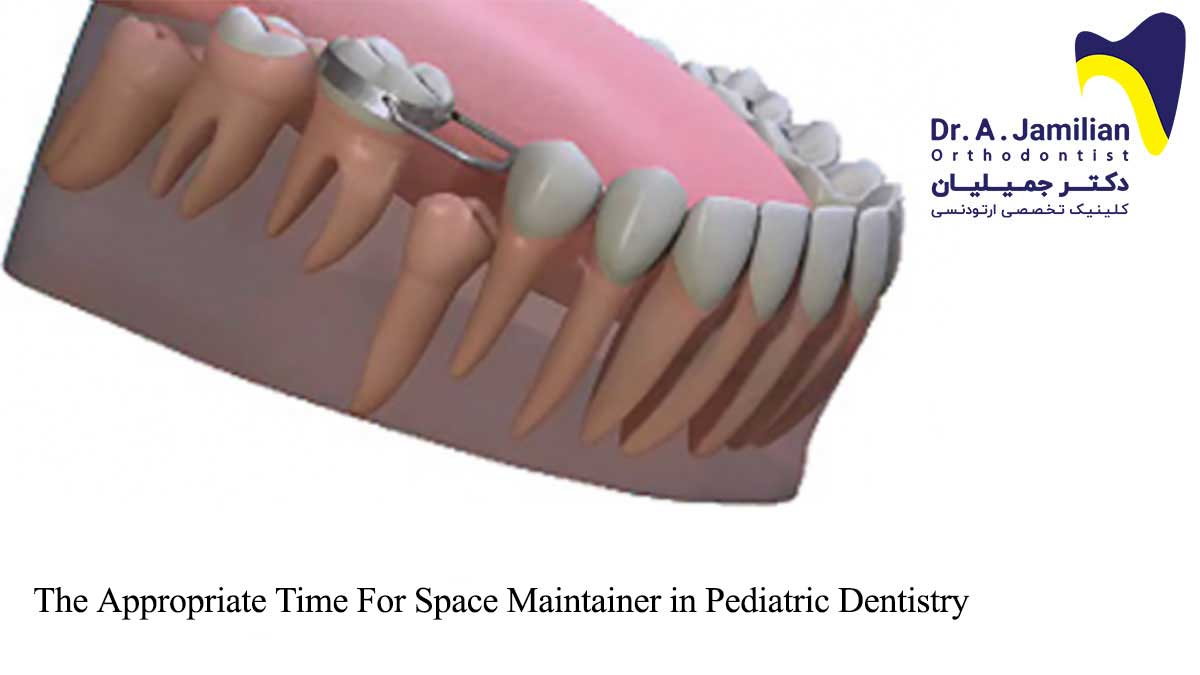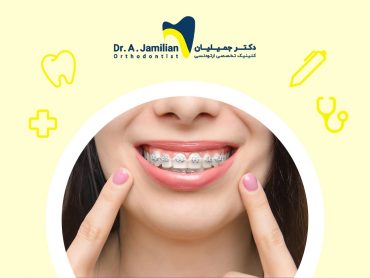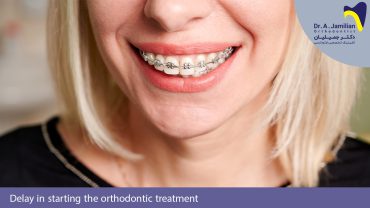A space maintainer is used to maintain an extracted tooth’s space and prevent the adjacent teeth’ movement. Suppose a primary tooth is extracted for any reason. In that case, the dentist chooses a space maintainer based on his/her knowledge and expertise and the child’s conditions, age, and the number of extracted teeth.
Placing the space maintainer at the right age and time can prevent the child’s need for orthodontics in the future. An appropriate space maintainer should be placed as soon as possible after tooth extraction because the gap is gradually reduced in the first months of tooth extraction.
Space maintainers are fixed or removable and may be used with or without a denture. The dentist considers several factors for choosing the proper space maintainer.
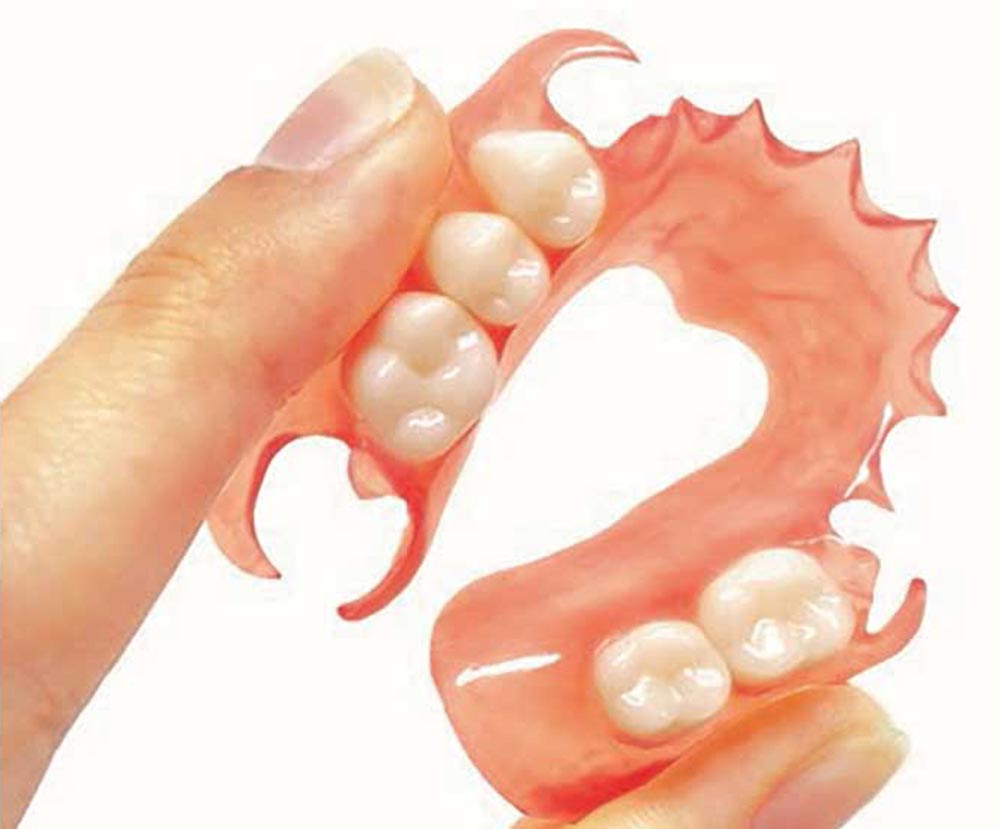
What is a space maintainer?
According to the American Dental Association (ADA), the primary teeth are completely grown at three years old. These teeth enable the children to eat solid foods and act as maintainers of permanent teeth. The dentists recommend space maintainers to fill the spaces in children in whom the primary teeth are lost sooner, or the permanent teeth are grown later.
The first primary tooth germinates at the age of 6-8 months, and the primary teeth are completely grown at the age of 2 years. The primary teeth consist of 10 teeth in the upper jaw and ten teeth in the lower jaw. Permanent teeth substitute them at the age of 12.
Most people believe that the primary teeth are not permanent and hence do not care about their children’s primary teeth. However, these teeth provide adequate space for the growth of permanent teeth. If a primary tooth is dropped sooner and no permanent tooth can substitute the lost one, other primary teeth fill the space, filling the space required for the permanent teeth’ growth and hence in crooked teeth.
Therefore, the space maintainer is recommended for children who have lost their primary teeth early until the permanent tooth germination. A space maintainer is a ring-like device placed in the lost tooth’s space and prevents distortion of the adjacent tooth towards the space. The device is retained in the mouth until germination of the permanent teeth and then is removed.
Types of space maintainers
Children’s space maintainers are produced in two versions of fixed and removable, which are explained below.
Removable space maintainers
Removable space maintainers are similar orthodontic devices that should be worn at least 14 hours a day. These maintainers should be washed after each meal. To prevent changes in space maintainers’ shape, they need to be placed in water when not used. These space maintainers are made of acrylic and are commonly used in older children with multiple teeth lost.
Fixed space maintainers
Fixed space maintainers are fastened to the children’s tooth with special dental adhesives not easily removed. They are recommended for children who have lost their rear teeth. Fixed space maintainers are divided into two unilateral and bilateral groups; the former is fixed from one side and the latter from both sides.
According to the number of teeth lost and their locations, the orthodontist utilizes one of these space maintainers and places them in the upper or lower jaws to fill the tooth space.
-
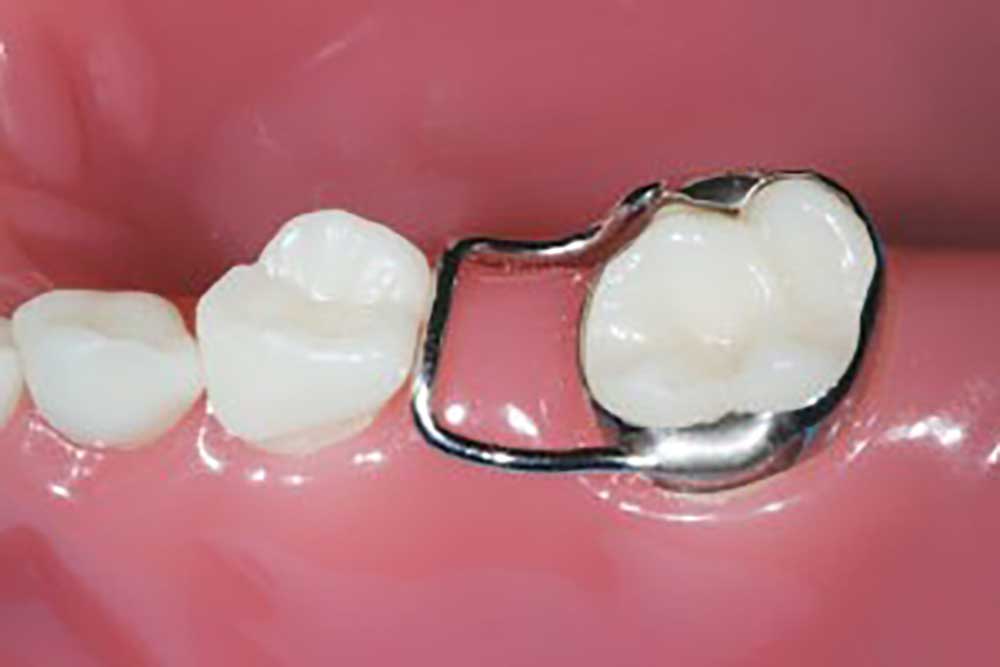
fixed space maintainers dental
Types of fixed space maintainers
Fixed space maintainers are made in various types, which are discussed below.
Band and loop space maintainer
This type of space maintainer, made of stainless steel wire, is fixed with the orthodontic band without affecting permanent teeth growth. It is recommended when one or more molar teeth of a dental arch are lost.
The lingual arch space maintainer
It is used to maintain the rear teeth of both sides.
Transpalatal space maintainer
This type of space maintainer is attached to the adjacent teeth by mounting on the maxilla. It maintains the space on both sides of the dental archz
The distal shoe space maintainer
This type is placed in the child’s first molar and maintains the space to provide the first permanent molar growth after losing the primary teeth. To use this type of space maintainer, the dentist prepares some impressions from the child’s mouth and sends them to the dental lab for manufacturing a tailored space maintainer for that child.
-

two fixed space maintainers dental
When does a child require a space maintainer?
Many children lose their primary teeth prematurely for various reasons, such as mouth traumas due to the ball hitting the face and the early formation of dental cavities. Cavities are usually developed due to sleeping during breastfeeding or using a bottle and remaining the bottle in the infant’s mouth for a long time. Milk sugar produces cavities in the child’s enamel and causes premature tooth loss, which sometimes occurs due to genetic reasons or oral infections. Space maintainers are recommended for these cases until the growth of permanent teeth.
An important warning to breastfeeding mothers
- Do not feed the infant during the night either with your breast or a bottle.
- When infants awaken during the night, give them only water and hug them until they sleep again.
- Learn them to drink liquids in a cup or teaspoon and avoid giving them sweat liquids in the bottle.
- Clean your child’s teeth after milk feeding with clean gauze soaked in lukewarm water or, if possible, with an infant’s toothbrush without toothpaste.
- When visited at an appropriate time, the dentist can prevent further decay as far as possible by performing fluoride therapy and other special measures.
Dear parents, you can call Dr. Jamilian’s office to calculate the costs of your child’s orthodontic treatment.
The appropriate time for space maintainer in pediatric dentistry FAQ
1.Does the space maintainer damage the teeth?
This device is considered a passive tool (meaning that it does not displace the teeth) and hence does not produce discomfort and even pain.
2.Does the space between children’s teeth close spontaneously?
This space closes typically until all the teeth are entirely grown. In particular, the open space between the two front teeth generally closes gradually.
3. Does the space between the teeth increase with age?
As children get older, their jaw space becomes wider. This space will gradually increase if the child suffers from diastema (the gap between the teeth).
